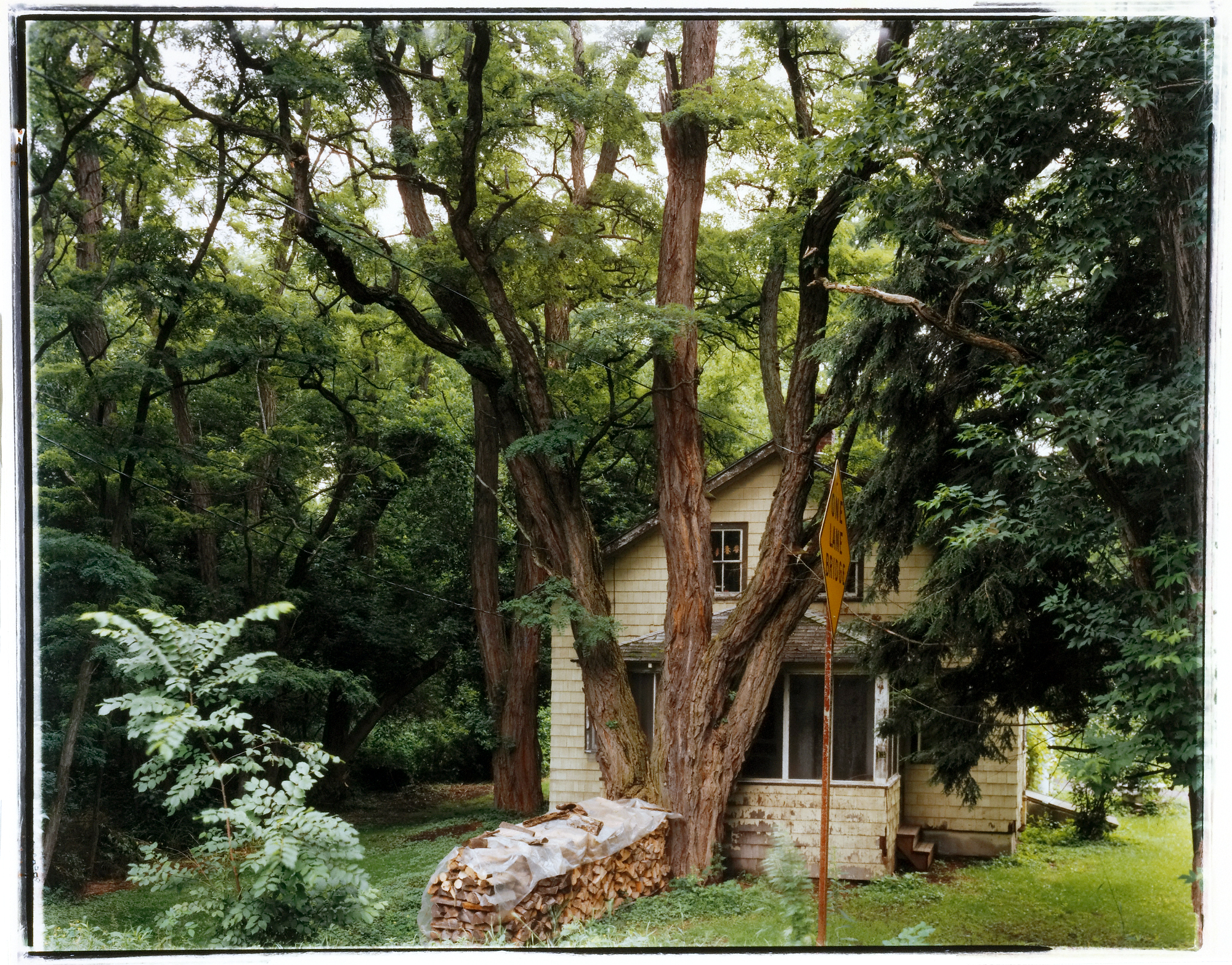In 1861, a bearded man named Galen Clark stood at the base of a giant sequoia tree in the Mariposa Grove and had his photograph taken by Carleton Watkins, a landscape photographer.
Three years later, Clark earned the nickname “Guardian of the Grove” after helping convince President Lincoln to sign a law ceding the Mariposa Grove to California, protecting the giant sequoia and the surrounding region.
This story, captured through a simple image of a tree that still stands today, is one of many told through the photographs on display at the J. Paul Getty Museum’s exhibition, “In Focus: The Tree.” The exhibition, which is the eighth installment of the “In Focus” series, runs through July 3 and features 37 photographs entirely from the Getty’s permanent collection.
“The subject itself is universal and it’s one that’s not only represented through photography but through the other art forms too,” said Anne Lyden, co-curator of the exhibition along with Françoise Reynaud. “That, I think, is what’s underlying about this exhibition ““ that the tree as a subject is something that has continued to interest and fascinate us throughout history and this is looking at how photographers have responded to it.”
The exhibition includes photographs of everything from small saplings to a giant redwood, as well as trees set in both city scenes and natural settings, with black-and-white as well as color images. Among notable photographs is an image of a Christmas tree by Diane Arbus in a home in Long Island. Lyden said they chose the pieces based on four different ways of seeing the significance of the tree.
“We’re really looking at the individual tree, its use in the landscape, the abstract exploration of the tree as a graphic form and the everyday use of the tree ““ those are really the four key areas of the exhibition,” Lyden said.
The exhibition features works from 29 photographers from all over the world, with trees from Prague, France, South Korea, Mexico, California and New York City, among other places. The exhibition displays trees photographed over nearly two centuries, from William Henry Fox Talbot’s “An Oak Tree in Winter” (1842-1843) to Myoung Ho Lee’s “Tree #3″ (2006).
“The tree is an interesting subject for photography because it’s absolutely motionless in general and a lot of the earliest photographers, Fox Talbot and Eugène Atget, used old-fashioned cameras … so trees were a natural subject for that,” said James Welling, a photography professor in the art department.
Photographers’ fascination with the tree has continued throughout the decades, as the tree remains a common subject.
“The fact that it is this perennial subject that is documented throughout the history of photography but in very different ways and approaches is something that is the key feature of the exhibition,” Lyden said.
These different approaches can be seen most notably through the methods used to capture the images. According to Lyden, Fox Talbot chose dark winter days to document the tree as a leafless subject because he was unable to capture the movement of the tree during its time of full-bloom.
This, Lyden said, is in stark contrast to the conditions under which Lee worked to create his images ““ setting the tree against a 60-foot canvas to create a silhouette and digitally removing the cranes and guide ropes later.
“What’s interesting (about the exhibition) is that when you have this central theme, something quite simple like the tree, you’re showing a huge variance in photographers and a variance in photographic approach,” said Ivan Iannoli, a graduate student in the School of the Arts with a focus in photography. “You can start to really delineate people’s intentions or their ideas and aspirations about photography by looking at a room full of photographs of trees from these various different eyes or approaches.”
Lyden also stressed the importance of the observer’s own feelings regarding the tree when viewing the different works of the exhibition.
“So much of it is our own personal interaction and relationship with trees. For many people, the tree is symbolic of life itself and they have that meaning when looking at images, and for others it’s just something to be admired and appreciated as a living specimen,” Lyden said.
